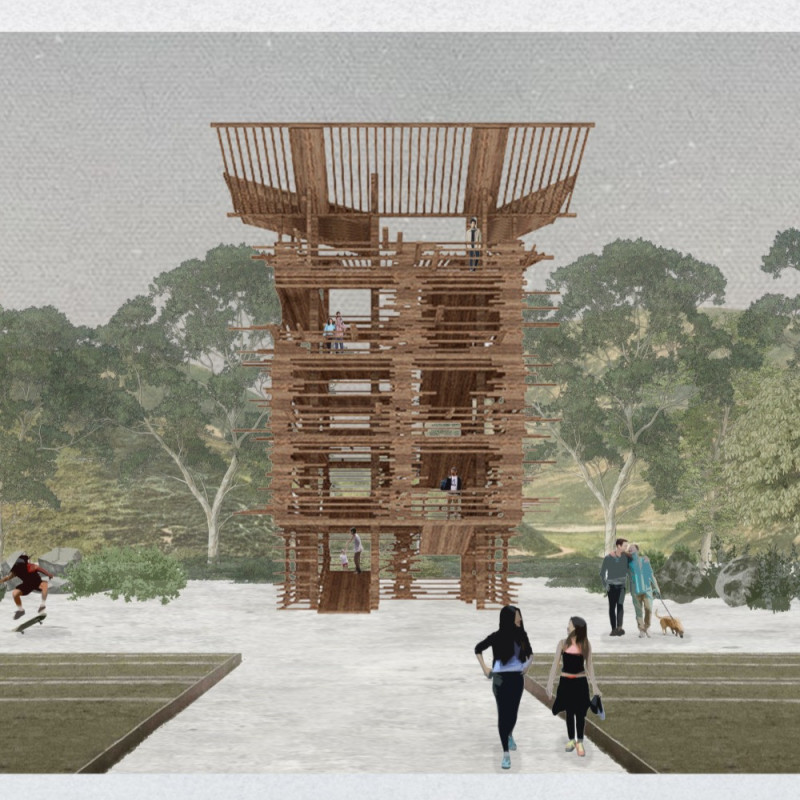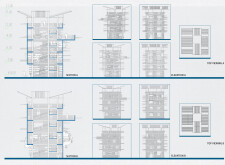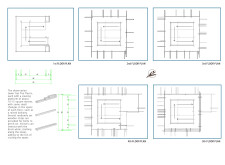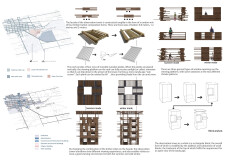5 key facts about this project
### Overview
Located within a carefully selected site to promote engagement with the surrounding landscape, the observation tower is designed to enhance visitor interaction through its innovative approach to usability and materiality. The intent is to create a space that facilitates both aesthetic appreciation and sensory experiences, ensuring accessibility and inclusivity for all users.
### Spatial and Structural Expression
The observation tower features a multi-layered architectural form that serves as a distinct focal point in the environment. With five dedicated floors, each boasting observation platforms ranging from 10 to 15 square meters, the design prioritizes dynamic spatial experiences. The irregular arrangement of these platforms encourages interaction, allowing visitors to engage with both the structure and its natural context. The tower's open framework, composed of sustainably sourced timber battens in varying dimensions, introduces a visual rhythm while maintaining structural integrity. An adjustable roof, made of movable wooden planks, enhances the experience by providing dynamic shading and facilitating rainwater collection, effectively integrating natural elements into the design.
### Materiality and Environmental Adaptation
The choice of materials is pivotal to the tower's overall functionality and aesthetic coherence. Timber battens, glass, and metal connectors are strategically employed to achieve structural strength while fostering transparency and natural light in selective viewing areas. The roof's operable design allows for seasonal adaptability; slats can pivot to manage sunlight and precipitation, responding effectively to climatic variations. Unique features such as integrated bird perches within the observation platforms promote biodiversity and enrich visitor interactions with wildlife. Each level offers distinct spatial arrangements and visual perspectives, supporting a comprehensive appreciation of the natural landscape. The design reflects a commitment to sustainability, ensuring that every element contributes to a harmonious relationship between the built environment and its ecological surroundings.






















































